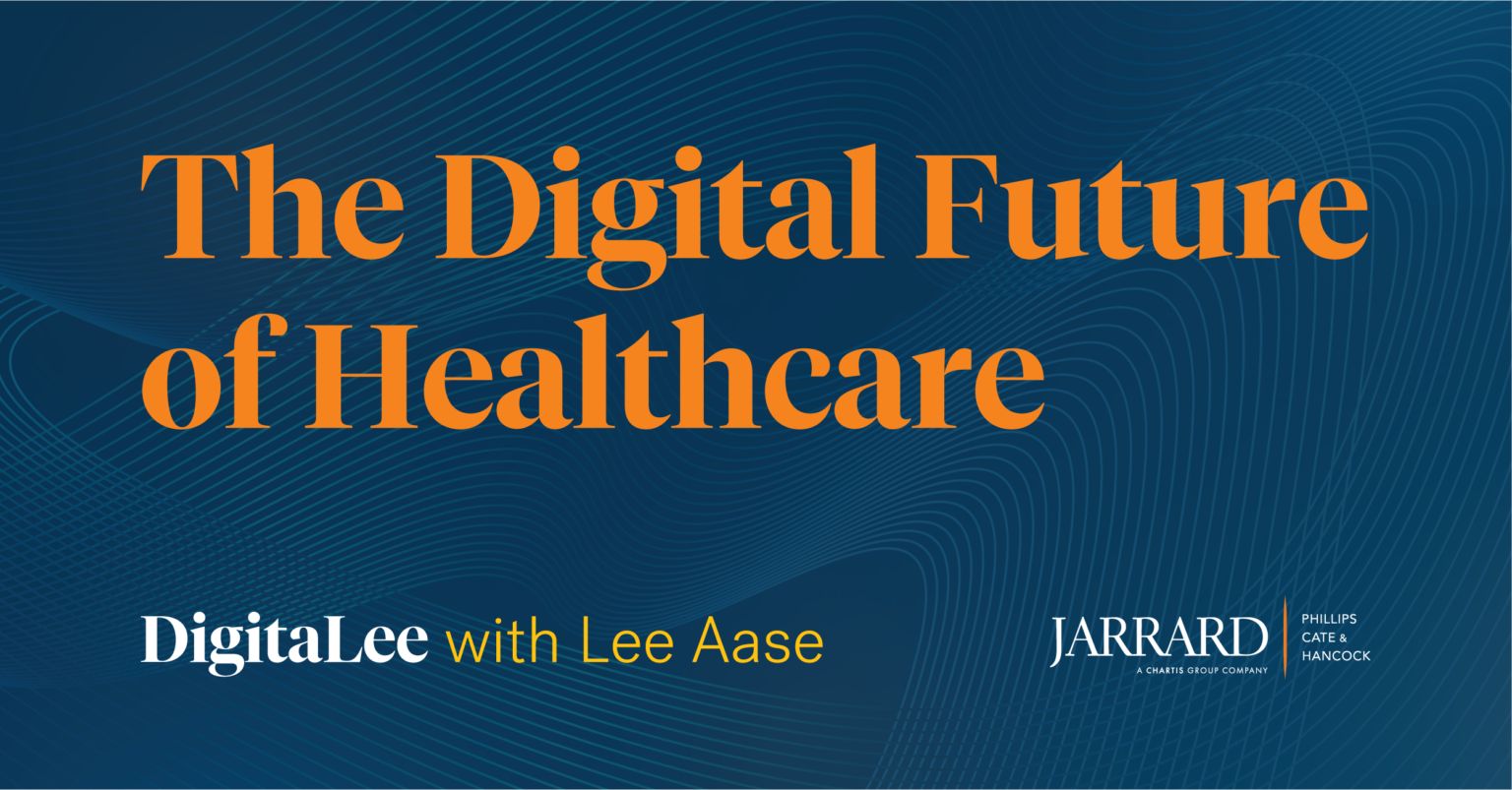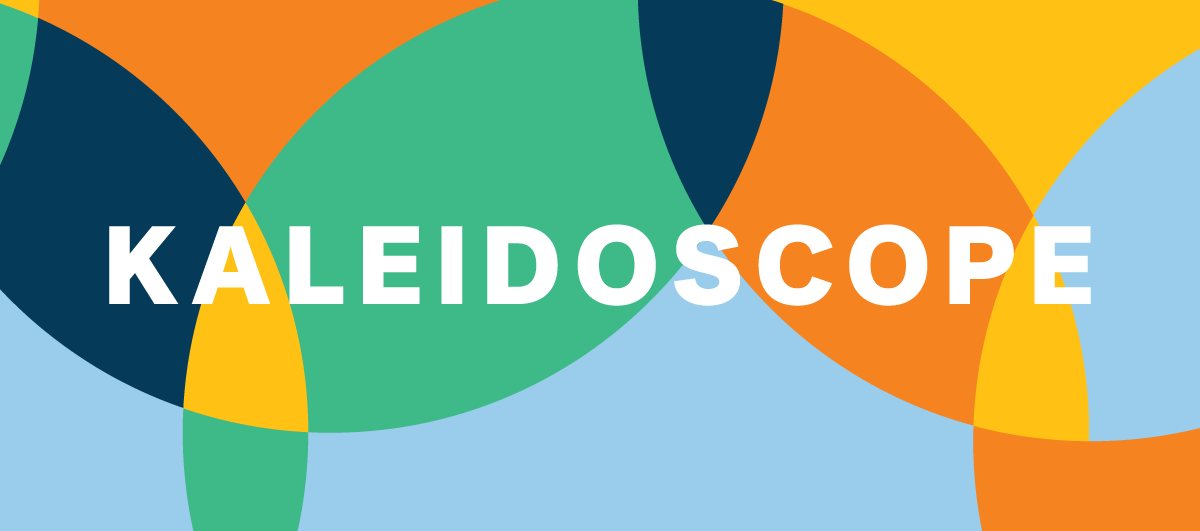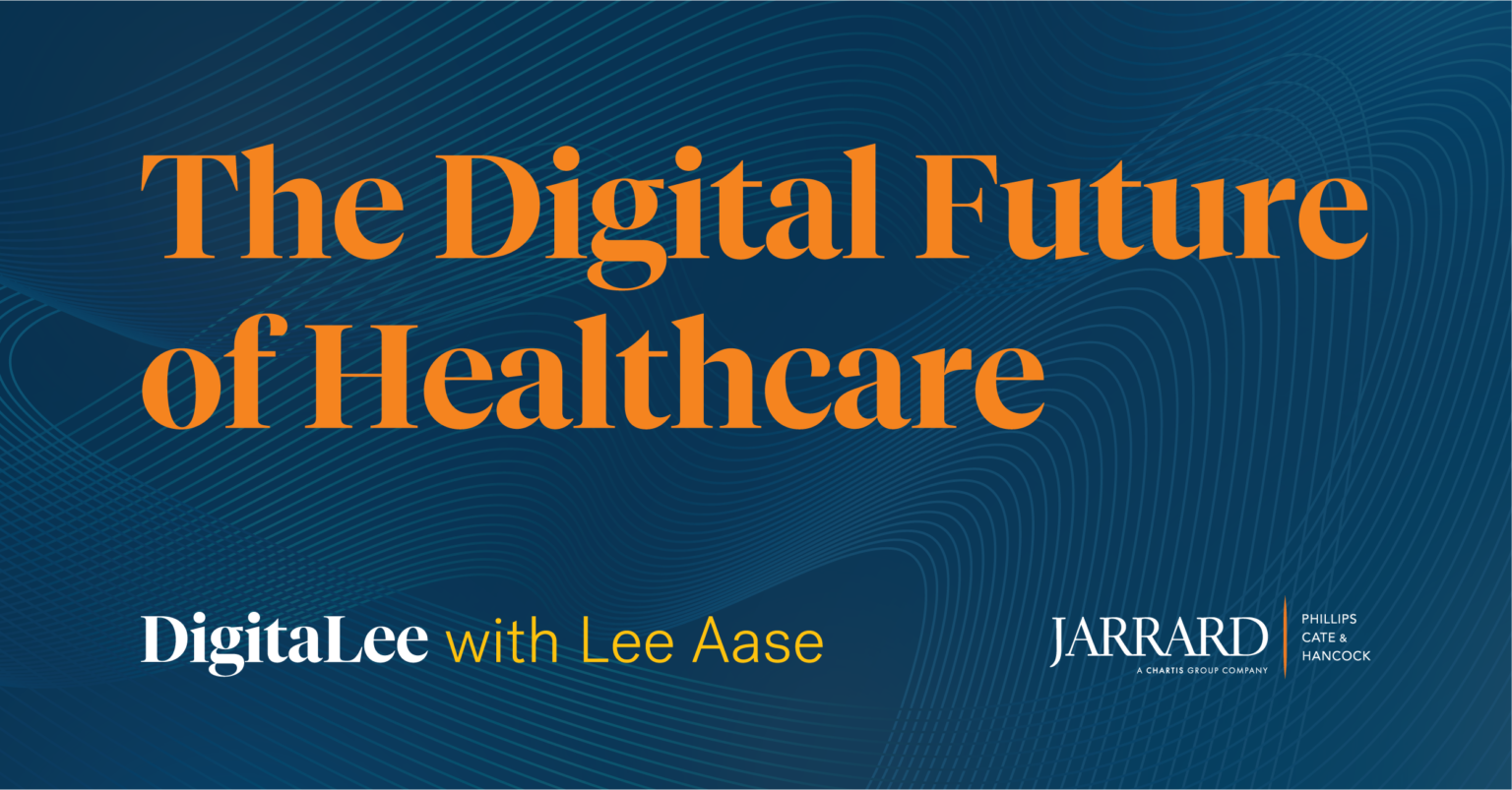
Want to be notified as soon as we publish new content like this report and the Quick Think? Subscribe here.
The Big Story: Fed Fights Inflation With Another Big Rate Increase
And: GDP fell 0.9% in the second quarter, the second straight decline and a strong recession signal.
Says Moody’s Analytics chief economist: “The economy is close to stall speed, moving forward, but barely.”
What it Means for Healthcare Providers
Aggressive inflation and the bitter medicine of rising interest rates are the latest gut-punch for providers serving in an endless pandemic, holding together an exhausted workforce, assuring anxious patients and striving to stay relevant and in business.
You’ve seen the plot points for a while. Wage wars. Rising medical debt. Tense payer negotiations. Hesitant, cash-strapped customers. The lack of supply and the cost of, well, everything, from gloves to scrubs to the burgers served in your food court.
But taken as a whole, where does this story take us? Paul Keckley wrote this week that he sees the impact in at least three broad categories.
But how does this big picture affect our agenda for this week’s leadership team meetings? As leaders and communicators, what do we do now?
Good question. To help, we tapped into our Jarrard Inc. brain trust and asked colleagues who work alongside providers big and small this question: “What does ongoing inflation and uncertainty mean operationally, and how should communicators address it?”
Here are their takeaways.
Billing and Cost of Care
By Abby McNeil, vice president, National & Academic Health Systems Practice
Bad debt will rise. That holds true for institutions and patients. Focusing on patients, systems may consider offering greater flexibility on payment terms to help manage the burden and minimize people delaying care due to cost concerns.
Communications Imperatives:
Physician Compensation
By James Cervantes, vice president, National & Academic Health Systems Practice
Competition and expectations will increase. Though they earn more than the average American, like the average American, their home pay is not keeping up with inflation. After record rises in 2021, inflation is set to again outpace expected physician salary growth of two to four percent in 2022. So those three percent increases provider organizations consider doling out to docs don’t go so far in showing the love.
Add to that increasing physician burnout, shifting Medicare fee schedule rates and growing reluctance to pay out shared savings – due to uncertainty and lower hospital margins – and you’re likely to have more unhappy docs coming through hospital doors. It’s a great opportunity for private equity firms, who are investing in physician practices with renewed vigor. For them, the promise of streamlining operations, reducing management responsibilities and increasing compensation makes for an attractive package.
Communications Imperatives:
Labor
By Isaac Squyres, partner, Regional Practice; Teresa Hicks, associate vice president, National & Academic Health Systems Practice
Unions will be pushing. Persistent inflation in an already highly competitive job market could easily lead to continued pressure on labor costs for providers. This time around, it won’t be driven by the cost of travel labor as much as current employees looking for higher-than-customary cost of living and/or merit increases. Don’t be surprised to see unions using inflation during upcoming negotiations as leverage to push for wage increases.
Communications Imperatives:
M&A and Distressed Assets
By Isaac Squyres and Abby McNeil
More hospitals will be for sale, fewer buyers will be available. The eye-watering inflation figures keep triggering rate hikes, with another 75-point rise this week. That will continue to increase the cost of capital for systems evaluating potential deals from the buy-side and lead to pressure for those on the sell-side. With financing set to get harder and more expensive to access, highly leveraged organizations will feel the stress on their balance sheets. Large banks may already be pulling back credit availability to their big customers, potentially leaving organizations to go through other lenders or private funds to get through new projects or even to cover current needs.
Communications Imperatives:
Payer Relations
By Teresa Hicks
Everyone will look to cover shrinking margins. The jump in consumer prices is cranking up the heat in the pressure cooker that is payer/provider relations. Each side is bringing that extra stress to the negotiating table.
Communications Imperative:
Investing
By Sheila Biggs, associate vice president, Health Services Practice
Pressure to execute will increase. After a hot run of investment in 2021, economic uncertainty is starting to cool healthcare PE in 2022. That trend may continue as inflation points to a decent chance of recession. Valuations are now stabilizing after reaching significant heights over the past 12 to 18 months. The result? A greater focus on dialing in the operations and path to steady growth for existing portfolio companies. Resources and expertise will be deployed towards optimizing what’s already there, ensuring a pristine product-market fit and an emphasis on providing a great experience for patients and employees. In the end, that benefits everyone.
Communications Imperatives:
Social determinants of health
By Erika Matallana, associate vice president, Regional Practice
A perpetual problem will reach more people. Interest is growing in food-as-medicine. But with prices rising, the ability to use non-medical interventions to heal or prevent disease has become more difficult. Documented in countless reports over the years, many vulnerable populations have never had the option of food-as-medicine. Whether urban communities of color or the rural poor, purchasing healthy food has long been a financial stretch – if fresh vegetables are even available. What’s new now with inflation: The threshold for who can approach food-as-medicine has been raised, and even unhealthy food is becoming more expensive.
Communications Imperatives:
- This is the time for empathetic and transparent conversations with employees. Check in on them. Find out what they need.
- Share more with employees about the headwinds your system faces. Employees who believe in the work you do deserve to understand why you’re making the decisions you are, especially if they’re impacted.
- Re-up your price transparency and cost-estimator efforts. Make it as easy as possible for people to understand what they’ll be paying and how they can do it.
Physician Compensation
By James Cervantes, vice president, National & Academic Health Systems Practice
Competition and expectations will increase. Though they earn more than the average American, like the average American, their home pay is not keeping up with inflation. After record rises in 2021, inflation is set to again outpace expected physician salary growth of two to four percent in 2022. So those three percent increases provider organizations consider doling out to docs don’t go so far in showing the love.
Add to that increasing physician burnout, shifting Medicare fee schedule rates and growing reluctance to pay out shared savings – due to uncertainty and lower hospital margins – and you’re likely to have more unhappy docs coming through hospital doors. It’s a great opportunity for private equity firms, who are investing in physician practices with renewed vigor. For them, the promise of streamlining operations, reducing management responsibilities and increasing compensation makes for an attractive package.
Communications Imperatives:
- Hospitals and health systems seeking to keep physicians happy and honor their hard work from the pandemic years will probably need to go beyond three percent.
- Employers need to focus on the mission of the organization, the role the organization plays in the local community and how employment or affiliation with that organization can provide physicians with the personal and professional satisfaction that they’re looking for. But again, that promise must be backed by delivery.
Labor
By Isaac Squyres, partner, Regional Practice; Teresa Hicks, associate vice president, National & Academic Health Systems Practice
Unions will be pushing. Persistent inflation in an already highly competitive job market could easily lead to continued pressure on labor costs for providers. This time around, it won’t be driven by the cost of travel labor as much as current employees looking for higher-than-customary cost of living and/or merit increases. Don’t be surprised to see unions using inflation during upcoming negotiations as leverage to push for wage increases.
Communications Imperatives:
- Provider leadership needs to engage in and facilitate conversations now between nurses, unions and administration.
- In addition, have conversations about what employees may be looking for outside of monetary compensation to help with engagement, job satisfaction and retention. Those things may not fully make up for hourly-wage expectations, but it can help take the edge off. Be clear about what your organization can and can’t do – and why.
This piece was originally published over the weekend in our Sunday Quick Think newsletter. Fill out the form to get that in your inbox every week.






